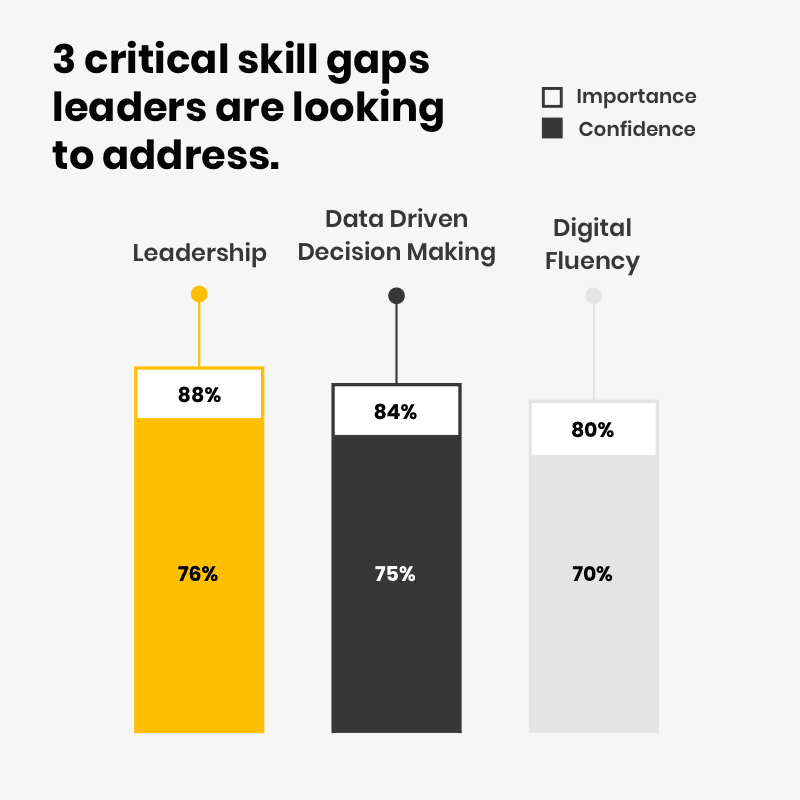DeVryWorks
Articles & resources

In an economy shaped by continuous technological change, conversations about artificial intelligence (AI) and automation and questions around which skills will be required to future-proof the workforce in the United States, the importance of upskilling – developing and advancing workers’ skills – cannot be overstated.

2023 talent outlook study
With so many possible development levers to pull in today’s corporate environment, how can leaders stay aware of their options and the outcomes of those options?
To answer those questions, DeVryWorks deployed a survey to a sample group of 300 managers, directors and executives, with their answers revealing how they leverage and value tuition benefits and external learning providers.
The DeVry Difference
Join us to get a sneak peek into DeVry where you'll hear directly from Professor Bonnie Rucks about how she engages students using online tools and what a typical class experience might look like.
AI & Upskilling: Shaping Today's Workforce
The workforce is undergoing rapid transformation, driven by technological advancements and evolving business demands. Is your organization equipped to navigate an augmented workforce? Join this exclusive event with industry leaders as we discuss actionable insights for your organization.
From Data to Story: Effective Presentation Techniques
Ready to become a data-driven storyteller? Join us for an insightful session where you'll learn tips on creating eye-catching data visuals, useful tools and software, and how to tell an audience-captivating story with data.









